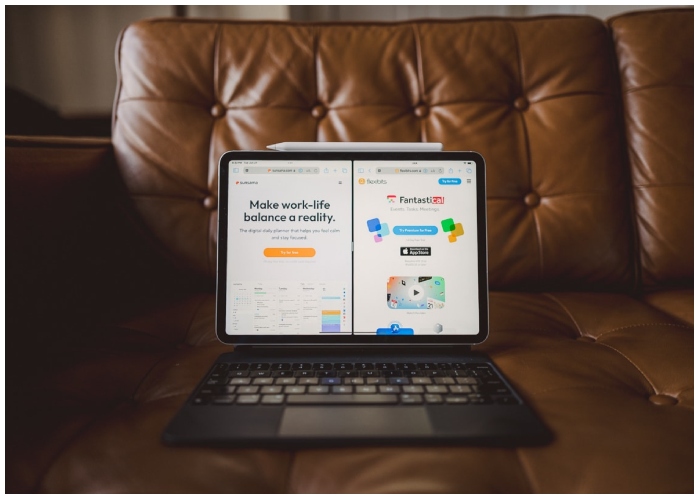In 2025, one of the biggest shifts in how we manage our lives revolves around something surprisingly simple: smarter scheduling. The burnout crisis of the past few years—fueled by non-stop work, endless notifications, and blurred boundaries—has forced individuals and organizations to rethink how time is spent. Now, more people are discovering that the way we schedule our days can be a powerful tool to protect our mental health, boost productivity, and create more space for rest.
Here’s how smart scheduling is helping people beat burnout and reclaim control over their time.
Prioritizing Purpose Over Busyness
The hustle culture that once glorified packed calendars and 80-hour workweeks is losing its shine. In 2025, there’s a growing appreciation for schedules that align with personal values instead of trying to do everything at once. Smart scheduling means choosing fewer, more meaningful tasks each day rather than overloading your to-do list.
This method helps reduce decision fatigue, improves focus, and allows for deeper engagement in work and personal life. Productivity experts now recommend identifying your top three priorities per day and scheduling those first—everything else becomes optional, not obligatory.
Embracing Time Blocking
Time blocking—a technique where you dedicate specific chunks of your day to specific tasks—has seen a major resurgence. Apps like Sunsama, Reclaim, and Motion are making it easier to visually map your week, helping users balance meetings, deep work, and breaks without overlap.
The benefit? You avoid the mental drain of task-switching. Instead of bouncing between emails, meetings, and projects, you stay in one lane at a time. Studies show that this approach not only increases efficiency but also lowers cortisol levels linked to stress.

Built-In Breaks and Buffer Time
One of the biggest mistakes of old-school scheduling was treating the day like a puzzle with no space between the pieces. Back-to-back meetings and zero buffer time left no room to breathe, think, or even eat lunch.
Smart scheduling now builds in buffer zones—15 to 30 minutes between tasks or meetings—to allow for decompression, reflection, or simple resets. Some professionals are also using the Pomodoro technique (25 minutes of focused work followed by 5-minute breaks) or its variations to stay sharp throughout the day.
These small pauses help keep burnout at bay by making the workday feel less like a marathon and more like a series of manageable sprints.
Syncing Work With Energy Levels
A major insight driving scheduling trends in 2025 is recognizing that not all hours are created equal. Everyone has natural energy highs and lows throughout the day. Smart scheduling involves identifying these personal rhythms—often called your “biological prime time”—and aligning demanding tasks with your most alert hours.
For many people, this means doing creative or analytical work in the morning, handling routine tasks in the afternoon, and saving low-energy admin work for later in the day. Matching your calendar to your energy curve boosts output while reducing mental fatigue.
Protecting Personal Time
In the new smart-living era, calendars are no longer just for work. People are now scheduling time for rest, hobbies, socializing, and digital detoxes with the same seriousness they give to Zoom meetings and deadlines. Whether it’s a weekly “no-screen Sunday,” daily outdoor walks, or scheduled phone-free dinner hours, protecting personal time is key to sustaining mental and emotional wellness.
Apps like Google Calendar, Notion, and even Apple’s native tools now let users block out wellness time, helping prevent overbooking and overworking. This shift toward protecting personal time supports a more balanced, resilient lifestyle.
Flexibility Over Rigidity
Smart scheduling doesn’t mean rigid planning. On the contrary, flexibility is built in. Many people now practice “adaptive scheduling,” where they lay out a plan but adjust throughout the day depending on how they feel or what comes up. Instead of stressing over a missed block, they move things around without guilt—focusing on progress, not perfection.
Remote and hybrid work setups have also allowed for more flexibility in when and how work is done, with many employers adopting results-based rather than hour-based expectations. This gives employees the power to tailor their schedules to their strengths and real-life demands, making burnout less likely.
Tech Tools Making It Easier
The rise of AI-assisted calendars in 2025 is also playing a key role. Tools like Clockwise and Motion use AI to automatically schedule deep work blocks, find optimal meeting times, and even suggest break periods based on your past activity. These tools reduce the cognitive load of planning and help people maintain better boundaries.
Wearables and smart assistants also contribute—by nudging users to take breaks, stand up, breathe, or go outside—acting like built-in burnout prevention buddies.
Smart scheduling is becoming a wellness necessity in 2025, helping people manage time wisely and prioritize what matters most. By building thoughtful schedules, individuals can avoid burnout and achieve a healthier work-life balance.